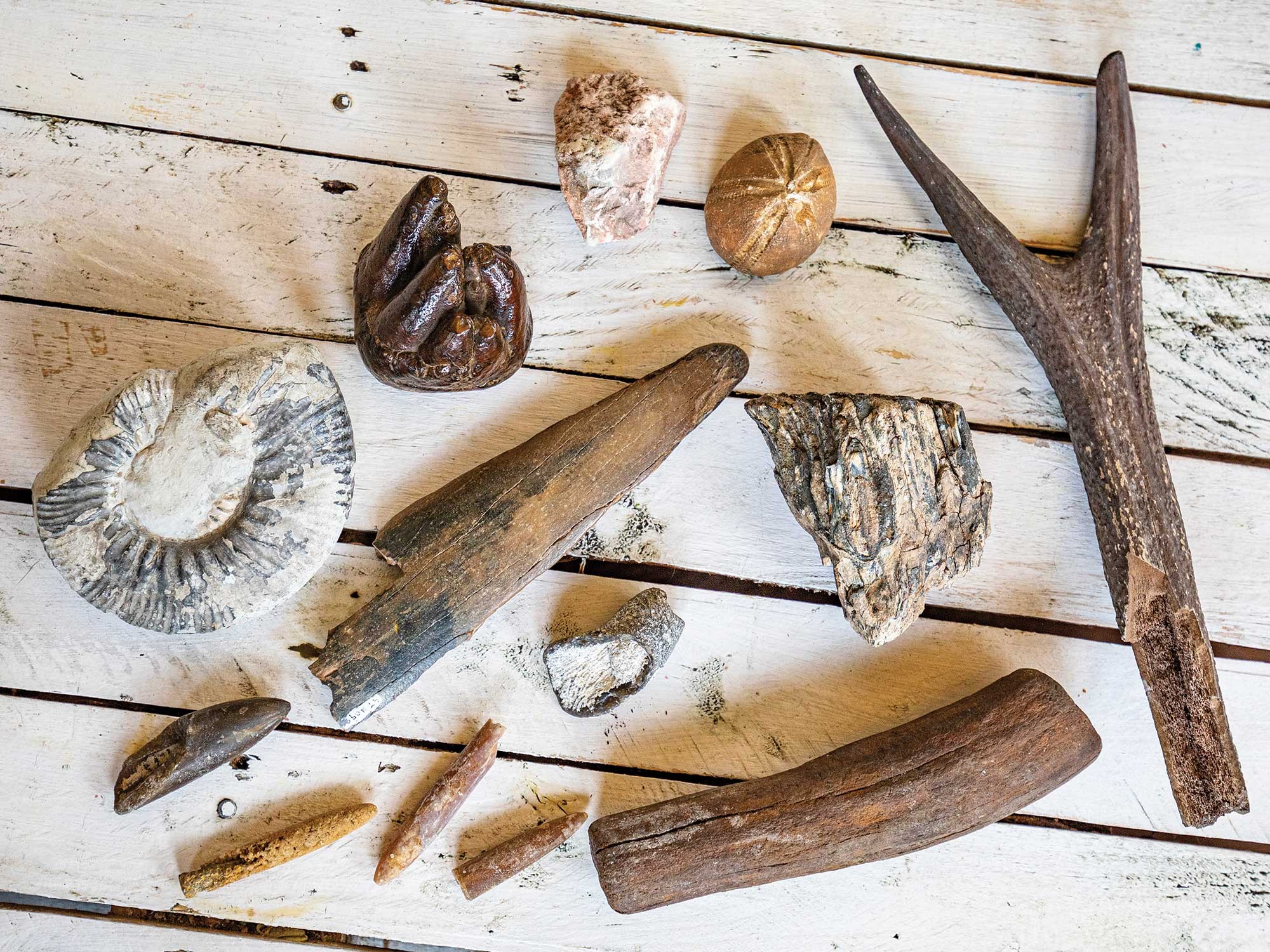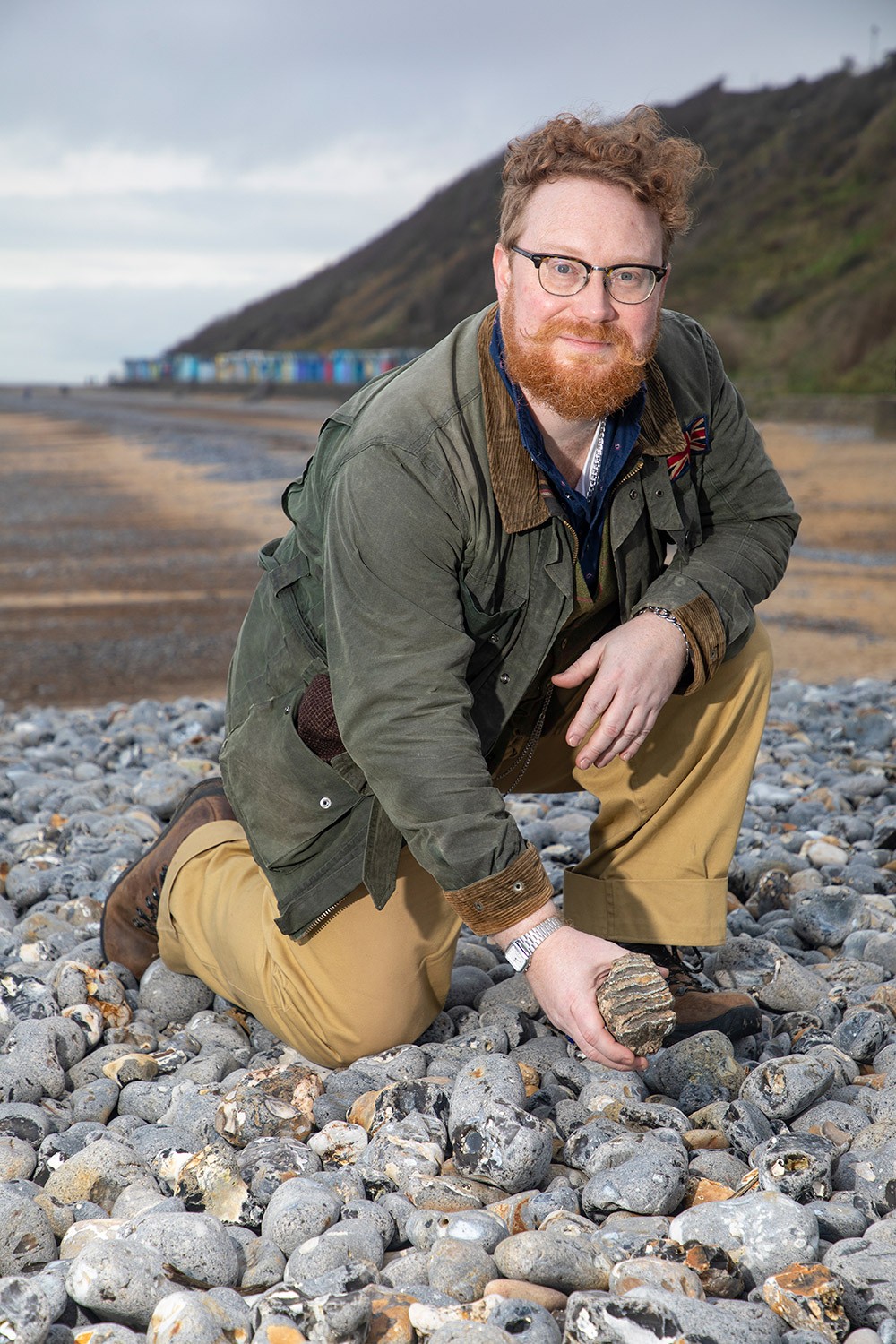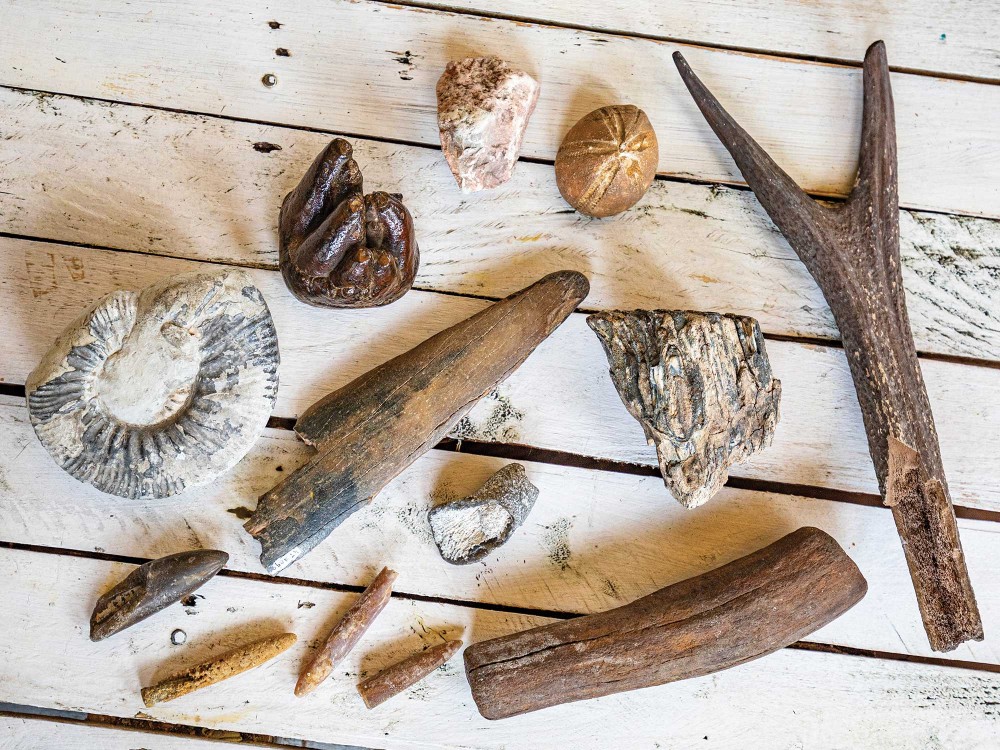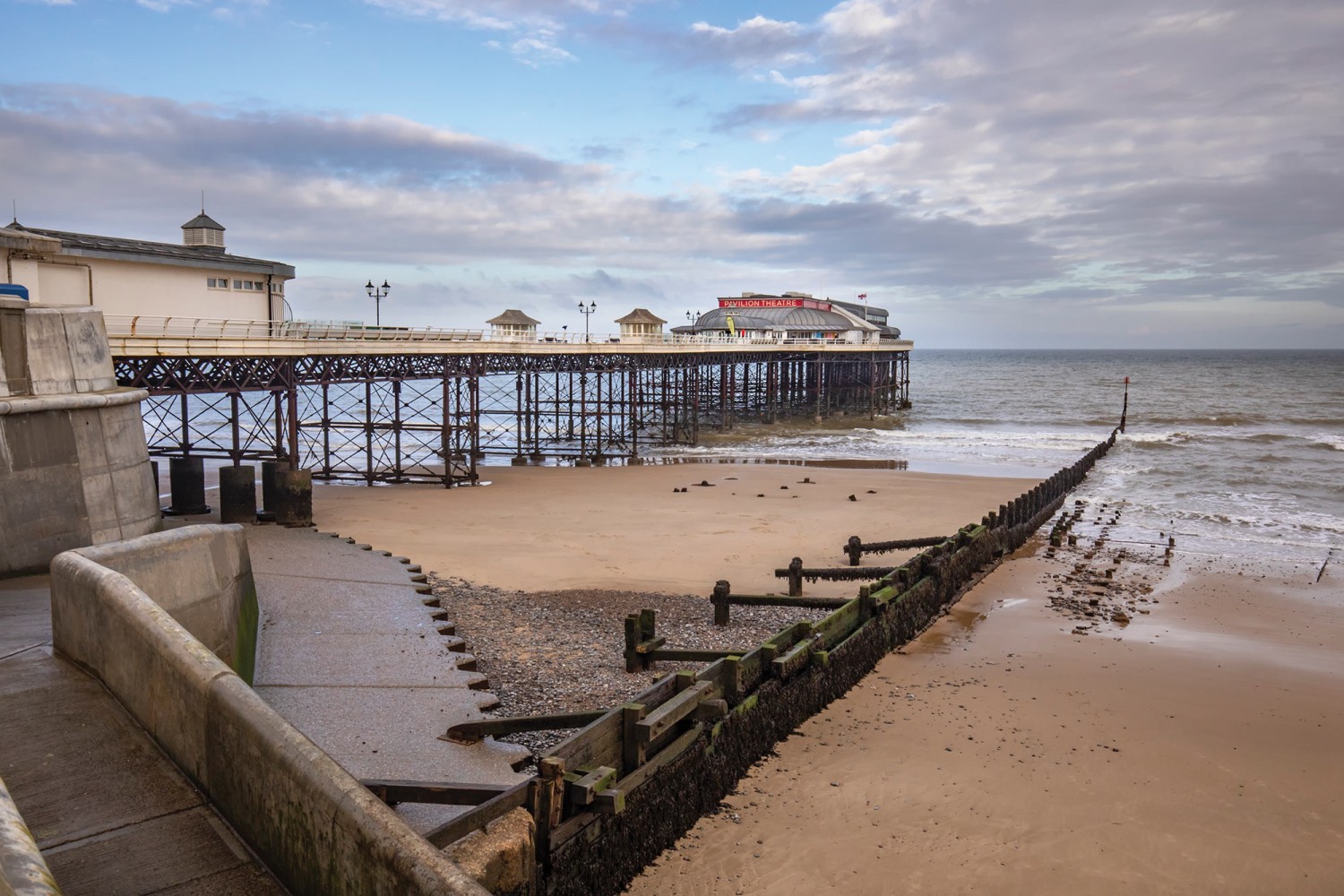
Picking up the pieces of Norfolk’s prehistoric past
If you’ll excuse the pun, the coast of west and north Norfolk is awash with fossilised memories of our distant past. As interest in collecting fossils grows, we speak to one of the country’s leading experts
We all love a walk along the beaches of west and north Norfolk, but few people realise that they’re actually walking on history. And a very ancient history at that. Instead of admiring the vast skies and beautiful landscapes around you, look down and you may well be the first person in a hundred million years to come across a genuinely unique treasure - and a very real link to the past.
The much-delayed arrival in Norwich of ‘Dippy the Diplodocus’ and the recent release of the film Ammonite (which tells the story of the much acclaimed but equally overlooked Mary Anning) has raised public interest in fossils - which is good news for us since the coast of Norfolk is one of the very best places in the country to find them.
As little as 9,000 years ago Norfolk was actually connected to mainland Europe, and there was a time when our wide expansive beaches were tree-filled plains teeming with life and full of animals. Although you won’t find the skull of a Tyrannosaurus, Norfolk’s beaches are packed with prehistoric wonders to this day.
Discovered in 1990, the West Runton Mammoth is the largest nearly complete mammoth skeleton known and is the oldest ever found. Ten years later ex-policeman and beachcomber Mike Chambers found the “Happisburgh Handaxe” which is (at 500,000 years old) one of the oldest handaxes ever discovered in Britain. And fourteen years later the same beach revealed the oldest human footprints ever seen outside Africa - which may well be a million years old.
Most of the fossils on the north Norfolk coast are even older, dating from the Cretaceous period (roughly 100-70 million years ago) and largely consist of humble creatures such as sea urchins, squid-like creatures and other molluscs.
They may not be as exciting or exotic as a Brontosaurus or a T.rex but they’re just as important for our understanding of how our world used to be. And if anyone knows just how important they are it’s David Waterhouse, Senior Curator of Natural History and Geology at Norfolk Museums Service.
“T.rex is really impressive and pretty cool, but only about 16 have ever been found and they don’t tell us an awful lot about the world,” he says. “You certainly won’t find one around the coast of Norfolk, but you can easily find ammonites and belemnites - and they’re essential for biostratigraphy and reconstructing the environment. It’s a genuine case of the little things meaning the most.”
Born in south Wales, David took his childhood love of dinosaurs and fossils to university, and is now following in the footsteps of famous local naturalists such as Arthur Patterson, Ted Ellis and Tony Irwin.
“To be honest I feel honoured to be working in Norfolk, which is so rich in wildlife and geology,” he says. “It might seem as though I spend most of my time with long-dead animals, but they have a very real connection with our current environment. Conservation groups often contact us to gather data from our collections when they’re looking to build a nature reserve.”
And if you thought fossil hunting required a degree in palaeontology and a set of specialist tools you couldn’t be further from the truth.

With such a dynamic coastline Norfolk is one of the best places in the country to find fossils…
“With such a dynamic coastline Norfolk is one of the best places in the country to find fossils,” says David. “You don’t need to do any digging - which is often illegal and always dangerous - you just need to look down at your feet. All you really need is a sharp pair of eyes.”
And don’t be worried if you don’t come across anything spectacular. Hunstanton is one of the best places in the country to find ‘trace’ fossils - burrows made by ancient shrimps, crabs, lobsters some 100 million years ago.
“They’re not particularly glamorous but you should never underestimate them,” says David. “I was lucky enough to find part of the frill of a Triceratops while on a T.rex dig in Montana, but the trace fossils you can easily pick up in west Norfolk are possibly more important. They tell us so much about the animals’ behaviour and the world they were living in - which helps us understand the world we’re living in today.
But if you really want to see a real-life dinosaur you only have to look out of the window at the bird feeder in your garden.
When a gigantic asteroid strike caused massive volcanic eruptions and disastrous changes to the environment 66 million years ago, virtually the only creatures left alive were the more diminutive relatives of the T.rex.
They were lucky enough to be small, they were capable of eating a lot of different foods and they could even fly - and they would take the best part of the next 66 million years evolving into the 11,000 different species we now know as birds.
So the next time you’re in Cromer and an alarmingly aggressive herring gull swoops down on you emitting an ungodly screech and snatches a few of your chips, don’t be too alarmed.
Count yourself lucky, because in a very real sense you’ve just been assaulted by a dinosaur.


